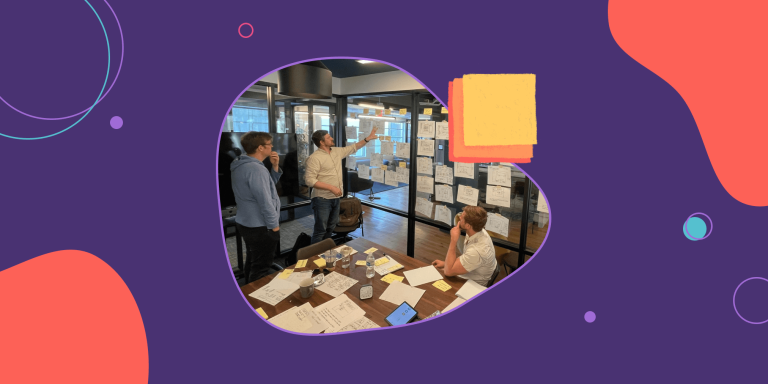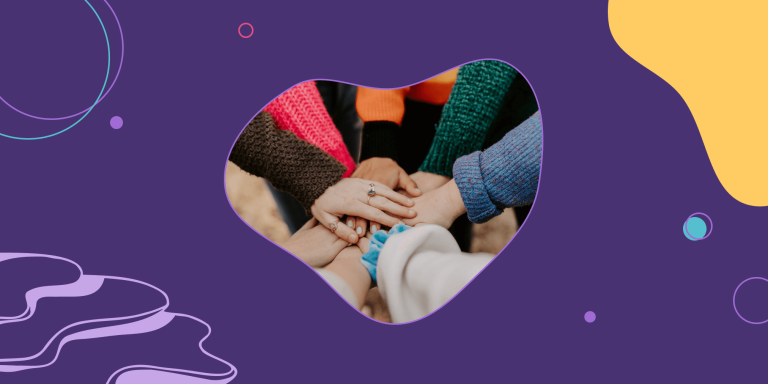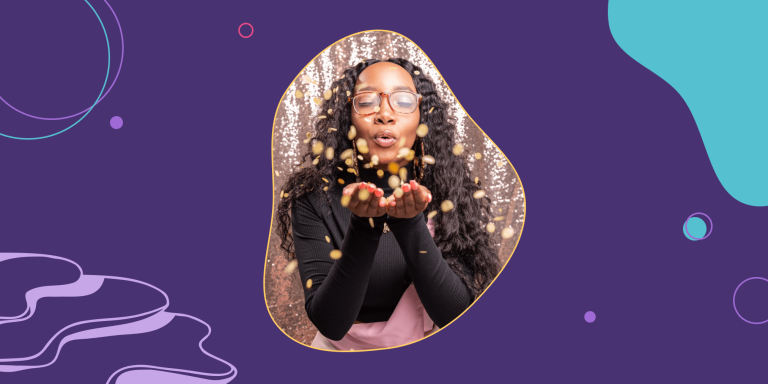Agile Coaching 101: Everything You Need To Get Started

What is an Agile Coach?
An Agile Coach is a person who helps organizations and teams scale their Agile practices at all levels of a company – from individual teams on a micro level to executives on a macro level. They typically come from product or project management, software development, or IT backgrounds. They often have extensive experience with Agile frameworks like Scaled Agile Framework (SAFe), Scrum, and Kanban.
By aligning teams with Agile concepts and values, Agile Coaches help organizations work more efficiently and transparently. This is done on the level of principles by shifting mindsets and in practice by overhauling workplace processes that are not helping teams reach their goals.
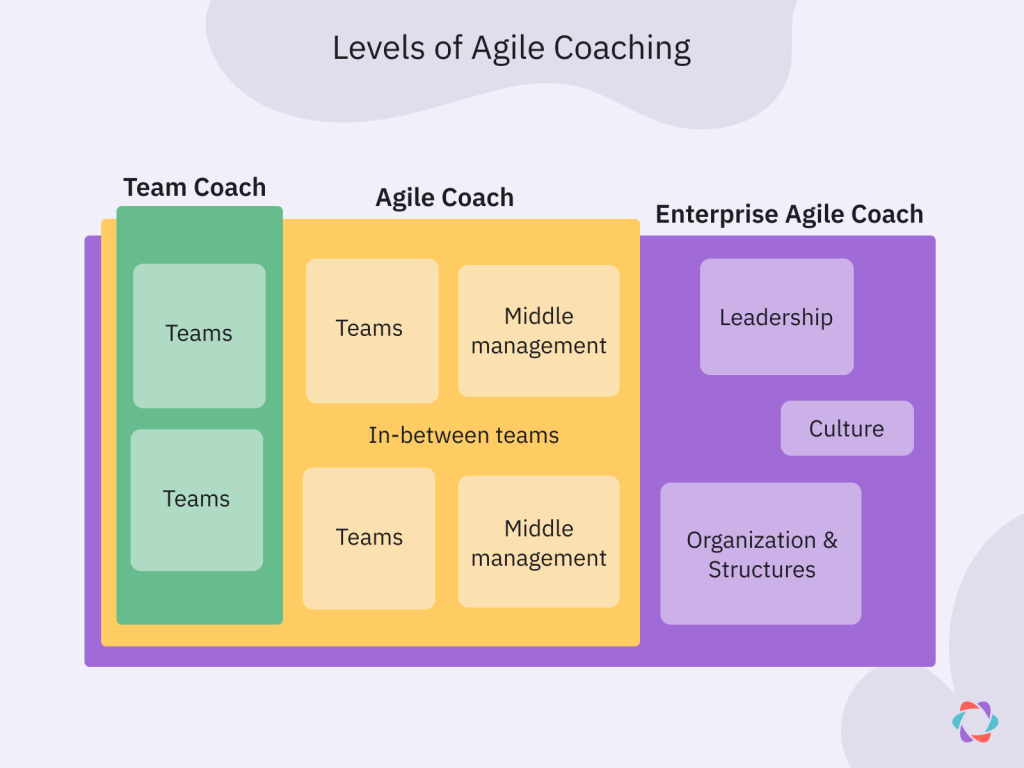
Agile Coaches teach, show, and embody agile values that help companies and their people build an agile culture that’s tailored to their needs. The ultimate goals of an Agile Coach are to boost team collaboration, improve organizational communication, and drive long-term business results and workflow improvements.
⚠️ Most people use the title “Agile Coach” when they operate at multiple levels of an organization, not just the individual team level. That’s also how we use the term in this article.
What’s the difference between an Agile Coach and a Scrum Master?
The distinction between Agile Coaches, Scrum Masters, or even consultants might be difficult to spot at first.
Scrum Masters help teams practice Scrum, whereas Agile Coaches have many different frameworks and methodologies in their toolbox, of which Scrum is just one.
Scrum Masters and other agile team facilitators tend to focus on single teams or a handful of them, whereas Agile Coaches work beyond individual teams – often at a department or organization level. Moving to an Agile coaching role takes people out of their “Scrum bubble,” as Agile Coach Season Hughes puts it and into a broader framework-agnostic role.
She explains that as an Agile Coach, you often have to define your own job, whereas the role of a Scrum Master is more clear-cut. After all, if the company knew what to do next, it wouldn’t need an Agile Coach.
What’s the difference between Agile Coaching and Project Management?
Agile Coaches are not the same as Project Managers, although they can work together to benefit teams and your overall organization.
Agile Coaches focus on high-level improvements from a company-culture standpoint. Their job is to create a work environment that emphasizes adaptability and continuous improvement. They help employees take ownership of their work and encourage collaborative decision-making within teams.
Project Managers focus more on specific plans and the execution aspect of work. They help teams and individuals deliver projects that meet stakeholder expectations on time and within budget. They have more authority when it comes to decision-making and often have to exercise this authority based on deadlines and other project specifics.
The 4 stances of an Agile Coach
Agile Coaches teach, mentor, facilitate, and learn. They listen but also lead. They might challenge a seasoned executive one day and support a struggling developer the next. They build teams, help set goals, redesign organizational charts, and coach the entire organization on agile ways of working.
To understand these diverse responsibilities in more detail, let’s take a deeper dive into the four main stances of an Agile Coach.
The Teacher
The Agile Coach plays the role of a Teacher when they share their Agile knowledge within an organization and help solve individuals’ specific problems. Teaching can happen formally or within a five-minute sprint planning meeting – there’s no required setting. When the Agile Coach as Teacher spreads their knowledge throughout the organization, they help team members overcome obstacles more effectively.
The Mentor
When an Agile Coach is acting as a Mentor, it typically requires a longer commitment than teaching. During this time, the Agile Coach will use their experience and expertise to help guide team members in their work performances. This mentoring may involve practically applying Scrum values like commitment, focus, and openness to solve specific problems, thereby helping individuals work more effectively and independently.
But mentoring doesn’t end there – Agile Coaches also share informal knowledge and social support to encourage a broad range of professional development goals.
The Facilitator
Embodying the Agile value of “Individuals and interactions over processes and tools,” the Agile Coach plays a crucial role as a team or organizational facilitator. They oversee decisions, meetings, and other team interactions, helping teams resolve conflicts, remove roadblocks, and achieve goals.
Facilitation can be crucial in solving issues with processes or communication, but it’s also a proactive tool. Agile Coaches use facilitation to create effective team dynamics and prevent problems before they arise.
The Professional Coach
Agile Coaches act as Professional Coaches when they’re helping team members or groups achieve an individual or team objective or solve a complex short-term problem.
In this context, coaches focus on specific goals or tasks rather than general or overall improvement, so this differs from mentoring. Coaching doesn’t necessarily require Agile-specific knowledge, as it relies heavily on leadership and active listening skills. The best coaches prompt team members to look at problems in a new way and explore their own solutions.
What do Agile Coaches do?
The job description of an Agile Coach is formidable and explains why they command hefty salaries. There’s no such thing as a “typical day” in the life of an Agile Coach; their responsibilities are too expansive for that.
Agile Coach Ron Quartel’s account of one of his days gives a sense of what it can be like:
“Sometimes, I’d be giving workshops or training. Sometimes, I’d be sitting in retrospectives or facilitating retrospectives, or listening in or talking with Scrum Masters, helping them become better … And when I wasn’t doing that, I’d sit in with developers and actually pair program with them.”
Although the specifics of Agile Coaching look different for everyone, there are certain roles and responsibilities that all top Agile Coaches should master.
1. Set the vision and goals for an Agile transformation
An Agile Coach’s first job is often to figure out why an organization wants an Agile transformation (or resurrection) and ensure those expectations are reasonable.
Many organizations want to “go Agile” for the wrong reasons:
- A middle manager thinks Scrum is a shortcut to making programmers work faster.
- A startup team has heard Agile does away with processes, deadlines, and bosses.
- A corporate executive gets sold on a specific Agile framework by one of the “Big Four” consultancy firms.
🎓️ Here are some of the right reasons for launching an Agile transformation.
An Agile Coach works with people at all levels in an organization to craft a realistic vision of what Agile can do for them. They then create concrete goals to help a company transform in line with that vision.

Source: Long-term goals for agile transformations from the research paper “Agile Transformation in Project Organization: Knowledge Management Aspects and Challenges”.
2. Redesign the organization with Agile in mind
The primary objectives of Agile include helping organizations learn to adapt and iterate on their work. You can’t achieve those outcomes with a command-and-control operation.
Agile ways of working usually put the people who do the work in close proximity to decision-making power. This means that overhauling the org structure is often the first step an Agile Coach works on in an Agile transformation.
Restructuring teams, departments, or companies may involve:
- Redesigning the org chart to make teams autonomous and cross-functional
- Redefining the roles and responsibilities of teams and individuals
- Changing processes like meetings, incentives, strategy, and budget planning
An Agile Coach doesn’t unilaterally make these changes. Instead, they coach, mentor, inspire, and teach others to design their organizations in a way that matches the Agile values and the goals they’ve set for themselves.
That includes using some key skills like diplomacy, advocacy, persuasion, and conviction.
As you may imagine, such changes don’t come easy. Managers might push back as they fear for their jobs, while company leaders may still want to monitor and measure the transformation in ways that are incompatible with Agile.
This work might also involve selecting and recommending tools for the team to use, whether those are backlog tools or retrospective tools geared toward continuous improvement – like Parabol.
3. Manage relationships (and sometimes politics)
An organization consists of people, and their interactions are what shape and change it.
Now, imagine interactions as cars with relationships as their roads – without relationships, interactions can’t happen. Agile Coaches need to talk with many people across an organization, so they must be expert relationship–builders.
Building such connections with folks at all levels of an organization goes beyond simply having good communication skills. Agile Coaches need to get buy-in from skeptical stakeholders. They may also need to win over managers and persuade them to give up their powers, as well as convince demotivated team members that the Agile transformation can work.
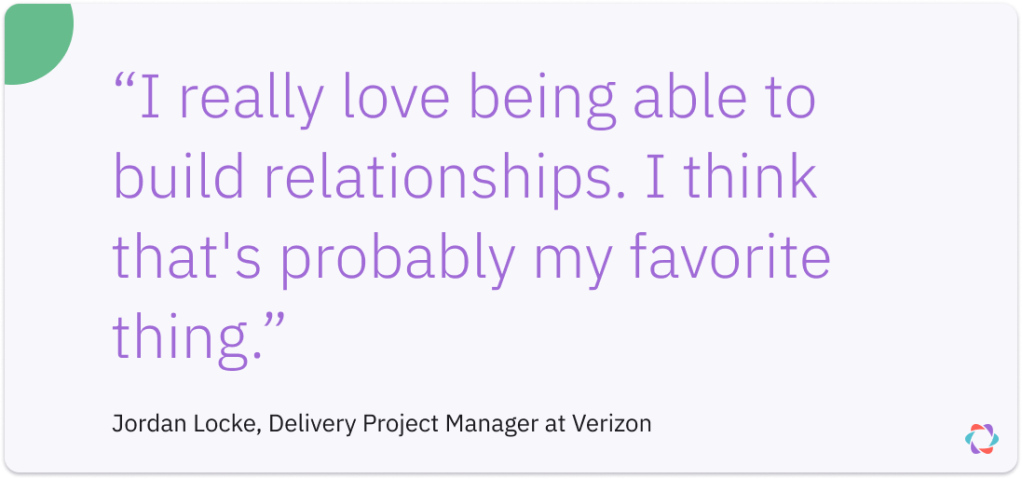
Such challenges mean Agile Coaches must demonstrate a lot of empathy and be able to build trust and inspire others. And if all that wasn’t enough to ask for, Agile Coaches sometimes need to manage the dark side of relationships: politics.
Every organization that needs to evolve includes some people who want to maintain the status quo. They might even be the very reason why no change happens. Such folks rarely receive an Agile Coach warmly. These people might wield considerable power and could actively sabotage the Agile transformation if they feel threatened by it.
Winning over skeptics or, in some cases, dealing with this dissent is part of Agile coaching, too.
4. Spread the “Agile mindset”
Building an Agile organization requires everyone to learn not just new roles and processes but also new ways of thinking, one of the things Coaches often refer to as “adopting an Agile mindset.”
Agile Coaches play an instrumental role in helping teams and organizations make a mindset shift.
But changing people’s minds is difficult. While adopting an “Agile mindset” sounds fuzzy, it’s accurate in that to be Agile, people need to change their fundamental beliefs about their work and each other.
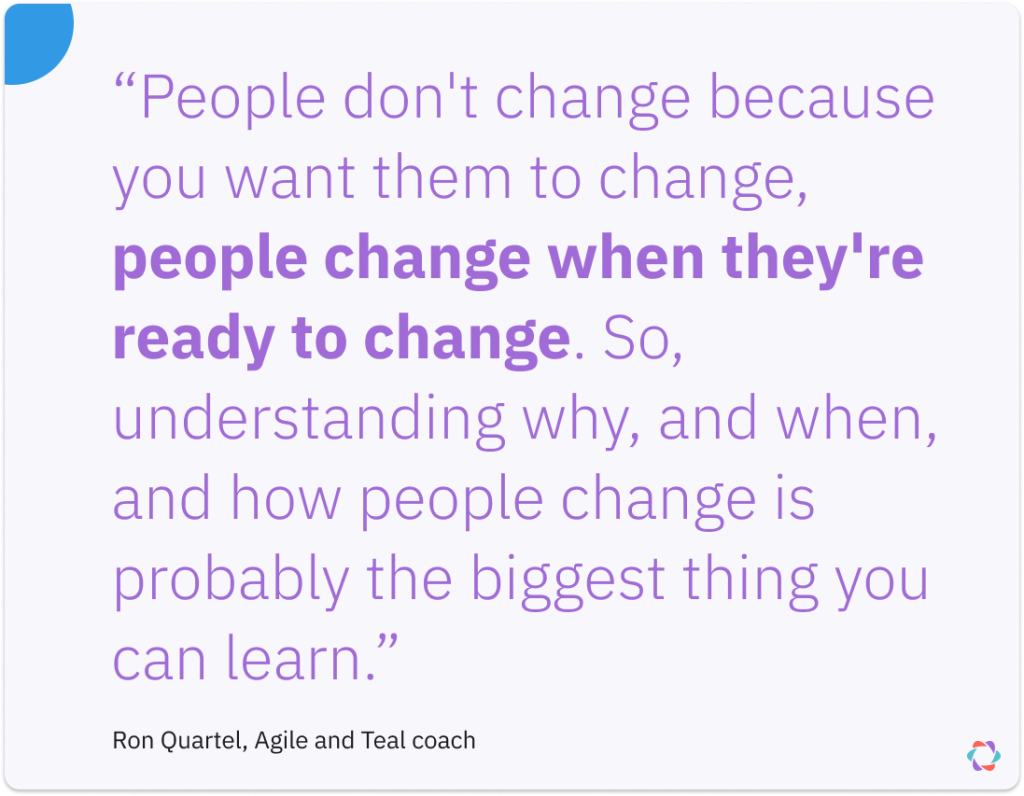
Many Agile teams are “self-managing,” which means managers need to trust the judgments of their reports, while those team members suddenly feel the burden of responsibility for their decisions and actions. Not everyone is ready for the more democratized decision-making that Agile encourages.
And while managers might be uncomfortable letting go of their power, they’re not the only ones who can feel at a loss. Here’s how Ron describes his first Agile experience as a programmer after his manager told him to start pair programming at one desk with a junior teammate:
“Why do I want to sit over there at a pairing station next to someone else? I can’t listen to music.” So I’m thinking there’s a loss. “Why do I want to work with a junior developer? I’m a senior. That’s just going to slow me down,” so there’s a sense of loss. “I don’t write bugs. The junior writes bugs and I fix them.” Again, a sense of loss. So Agile, there was no reason for me to do it, right?
Agile Coaches move across the entire organization, coaching and mentoring both leaders and team members to uncover and overcome their fears and resistance to change. Sometimes, they do this by working directly with managers and teams. But often, they do this indirectly by coaching and mentoring Scrum Masters and other agile ambassadors.
@lockedonagile Making changes is a process! #agilecoach #scrumtok #agile #scrum #communication #transformation #growth #tech #change #goals ♬ original sound – Jordan Locke
Jordan Locke on TikTok explaining how she helps teams change.
5. Build an iterative Agile culture
Bureaucracy can often be the opposite of Agile and can arise from processes gone stale. If all an Agile transformation achieves is rewriting an organization’s procedures one time and then never reassessing them, soon everyone ends up in the same predicament as before. For an organization to stay Agile, it needs to learn how to reinvent and iterate on its processes.
Agile Coaches help a company achieve the resilience to build an iterative culture by teaching the habit of continuous improvement through experimentation and retrospectives.
The ultimate test of whether you’ve established a self-renewing Agile culture is whether the Coach is still necessary to move the transformation along or if they can move on to other organizations or challenges to solve.
As Agile Coach Rebecca Sassine told us:
“You generally want the coaching to stop. The whole thing you’re doing is making yourself redundant because that means you’ve created a self-sufficient team.”
Why is Agile Coaching important?
Organizations typically hire Agile Coaches to transform from Waterfall-based project management to an Agile approach. This kind of organizational change is often triggered by a crisis with a major project or declining business results – often at the hands of “more Agile” competitors.
To become “Agile,” organizations must fundamentally change how teams work together. It’s one thing to implement practices and processes from frameworks like Scrum, Kanban, or the Spotify model. The harder part is changing employees’ mindsets and the company culture as a whole. That’s exactly what Agile Coaches are hired to do.
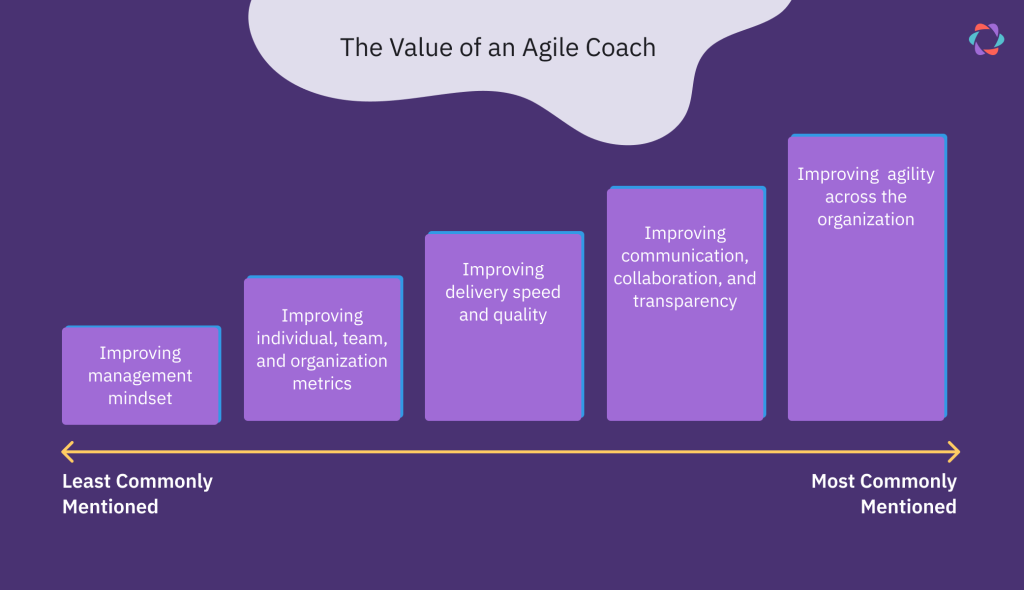
Source: Adapted from State of Agile Coaching Report
Another common scenario is when an organization already uses Agile but struggles to make it work or feels it can improve. In such cases, the Coach comes in to figure out how to improve the working processes and culture.
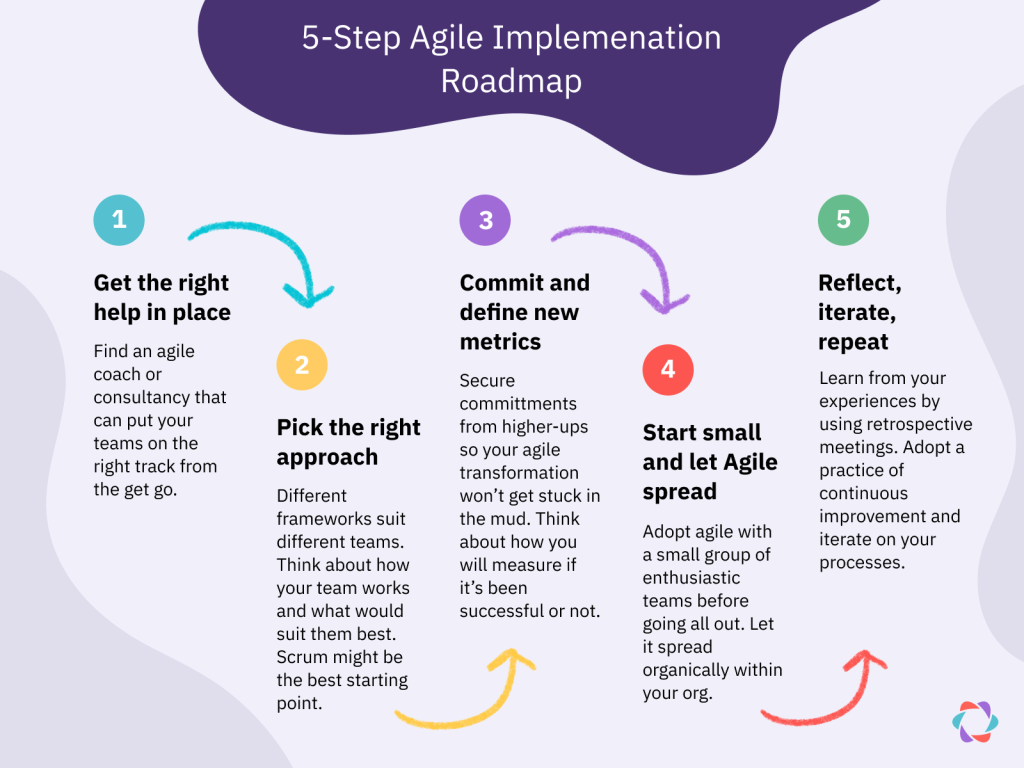
Getting an Agile Coach is the first of five steps for successful Agile implementations because such changeovers hardly work without their help.
How to measure an Agile Coach’s impact on your organization
Hard numbers and satisfaction metrics aren’t always accurate when it comes to measuring the impact of Agile Coaching. The most important people you can look to when assessing the value of an Agile Coach are the ones receiving the coaching.
When measuring an Agile Coach’s success, it’s important to look at both quantitative and qualitative data, like:
- Team performance: Since Agile Coaches help organizational teams improve their performance, tracking metrics like lead time and velocity can provide success insights.
- Employee satisfaction: Ask your teams how easy or difficult it was to work with a Coach. Are your employees more engaged than they were before? How is employee morale? All of these factors can give context to a somewhat abstract “measurement.”
- Customer satisfaction: One of the goals of an Agile Coach is to help teams provide high-value experiences for customers. If the people buying your products and services are happy with your organization, there’s a good chance your Agile Coach did a good job.
You can collect qualitative and quantitative data via anonymous surveys, Net Promoter Scores (NPS), Customer Satisfaction Scores (CSAT), Customer Effort Scores (CES), one-on-one meetings with team members, and within group settings.
How to become an Agile Coach
Nobody turns into an Agile Coach overnight. Getting the experience, skills, and stamina required takes years – and don’t forget about the recommended Agile certifications.
There’s no one correct route to the position, but we’ve outlined some of the most common steps you can take along your path.
Transition from another role
The best starting point is a role that requires you to develop the skills you’ll need as an Agile Coach but at a smaller scale.
Scrum Master to Agile Coach
Starting out as a Scrum Master is the obvious choice since you’ll do much of what an Agile Coach does with a single team. And you’ll learn Agile’s most popular framework – Scrum.
Even though you focus on one framework and one group, you’ll get to interact with other stakeholders on behalf of the team when there are impediments. Such challenges help you practice the relationship and org-building skills you’ll need as an Agile Coach.
Season Hughes in How do I get started?“When I hire for Scrum Masters, I’m looking for someone who brings a coaching mindset, facilitation experience, an understanding of different frameworks and practices, the ability to build trust and safety, and who can articulate what it means to have influence without authority.”
Software Engineer to Agile Coach
Another common route is from Software Engineer to Scrum Master to Agile Coach. This path gives you the knowledge to ask the right questions and understand what’s going on when development teams have discussions – or disagreements – on technical matters.
As a former Software Engineer, you have a greater understanding of the needs of other engineers when approaching your coaching work.
Cultivate skills and Agile Coaching techniques
Agile Coaching is about more than teaching others how to adopt a new mentality (although that’s a significant part of the job). The top Agile Coaching techniques are more about personality traits and less about learned processes.
Continuous curiosity
You’ll need to have the skills, experience, and passion for dealing with all of the roles, responsibilities, and activities we’ve encountered.
But you also require what Ron Quartel calls “your own theory and strength of conviction” about Agile and all of its frameworks, plus other relevant subjects like product management, technical topics, and different philosophies on leadership, collaboration, and organizational design.
Open communication
Agile Coaches train entire organizations, leadership members, and organizational teams on how to change their mindsets and work habits. They can’t do this effectively if they’re not excellent communicators. The best Agile Coaches need to know not only how to express themselves but also how to negotiate, inspire, persuade others, and resolve present and future conflicts.
Effective leadership
Agile Coaches need to lead by example and be willing to show their teams what an Agile mindset looks like in action. Good Agile Coaches cultivate a balance of determination, resolve, and humility. Self-awareness is crucial to earning respect as an Agile Coach.
Acquire an Agile Coach certification
Eighty-six percent of Agile Coaches have Agile certifications, and many organizations prefer them when hiring.

The State of Agile Coaching Report divides these certifications into two categories:
1. Professional certifications:
This refers to those certifications that require an Agile professional to demonstrate a moderate level of experience, for example:
- The Scrum Alliance CSP®
- ICAgile ICP-ACC
- International Coach Federation PCC
- ScaledAgile SP certifications
2. Master certifications:
This refers to those certifications that require a significant demonstration of competence and experience at the peak of someone’s career, for example:
- The Scrum Alliance CTCSM or CECSM
- ICAgile ICE-AC
- International Coach Federation MCC
- ScaledAgile SPCT certification
And many coaches also have certifications in other areas besides Agile.
What is an Agile Coach’s salary?
According to Glassdoor, in December 2023, the median annual salary for Agile Coaches was $152K in the U.S. Wages go up further for those with titles like Senior Agile Coach (median $183K) and Enterprise Agile Coach (median $192K). In comparison, a Scrum Master makes on average $113K per year in the U.S.

🎓️ Another insight from the State of Agile Coaching Report is that coaches at companies new to Agile tend to make less than those at mature Agile organizations.
Ready to begin Agile Coaching?
Agile Coaching isn’t for everyone, but if you’ve made it this far and are still on board, it just might be the job for you.
The role is exciting and fulfilling, but only if you love challenges, people, and the unpredictable.
And it requires deep knowledge of human psychology but also multiple Agile frameworks that you can’t fake or master with a single course.
You’ll have to live Agile for years in many different situations and then still want to keep improving yourself continuously. The job requires a rare combination of humility and self-confidence in the right amounts, topped off with empathy and business sense.
Here’s a summary of what you’ll need to cover to go for the role:
- Gain as much experience as you can in Scrum Master, Agile facilitator, or project management roles.
- Pay attention to and connect with the broader organizational environment in your existing role.
- Practice as a coach with anyone willing to receive your coaching, and connect with other Agile Coaches to understand their journey.
- Invest in your professional development by reading about Agile and participating in training and learning product management basics, organizational design, and other management approaches.
- Find a mentor who can help you understand whether you’re ready yet and coach you in areas to improve.
- Take your first shot at applying for an Agile Coaching role!
No matter how much you prepare, you’ll need a bit of luck to find an organization that trusts you to lead its Agile transformation.
But once you do, you’ll be in a uniquely exciting position to make a positive change for many people while doing what you love.
Need some help getting started on your Agile journey? Check out Parabol’s Agile tools that help you run better Agile transformations!



